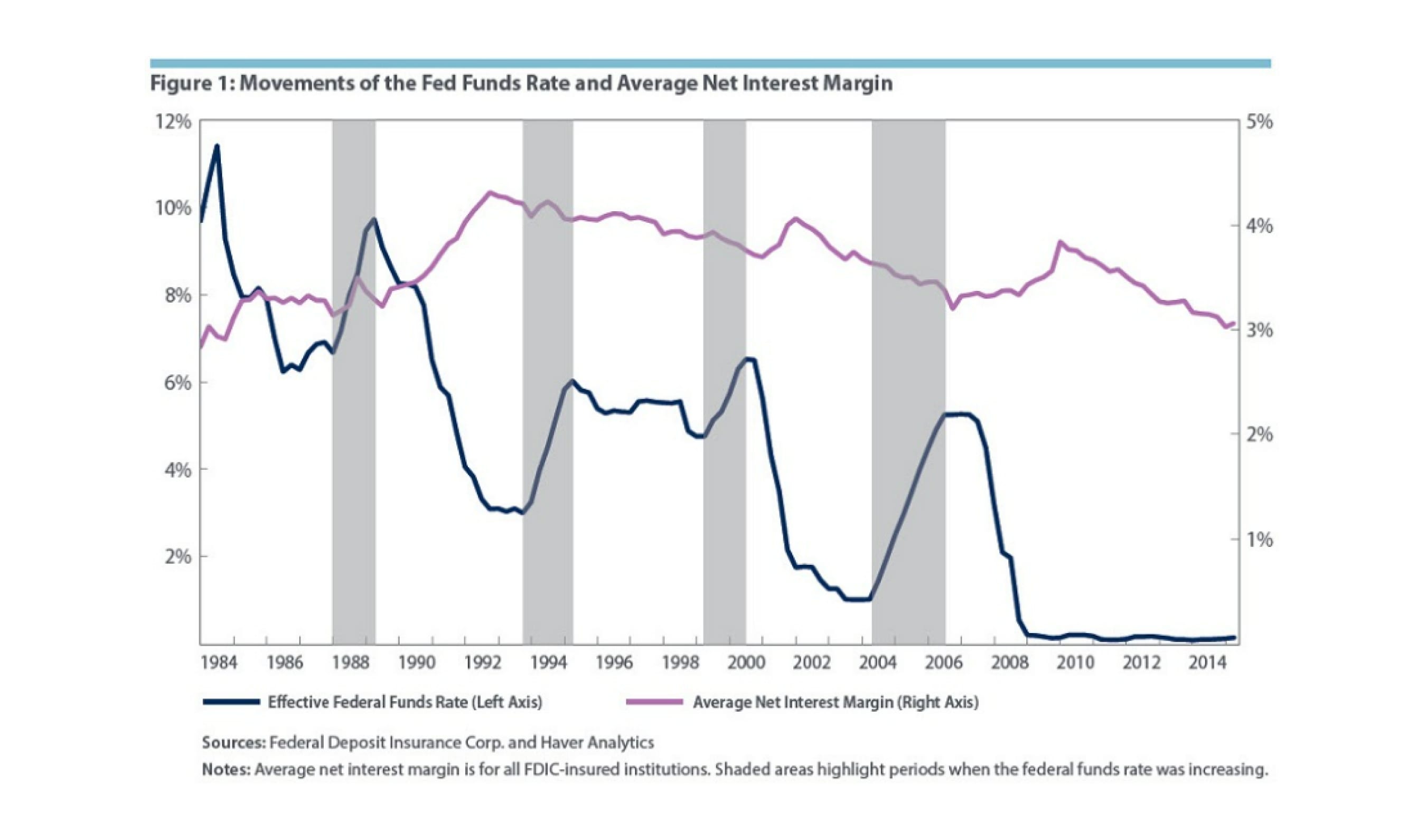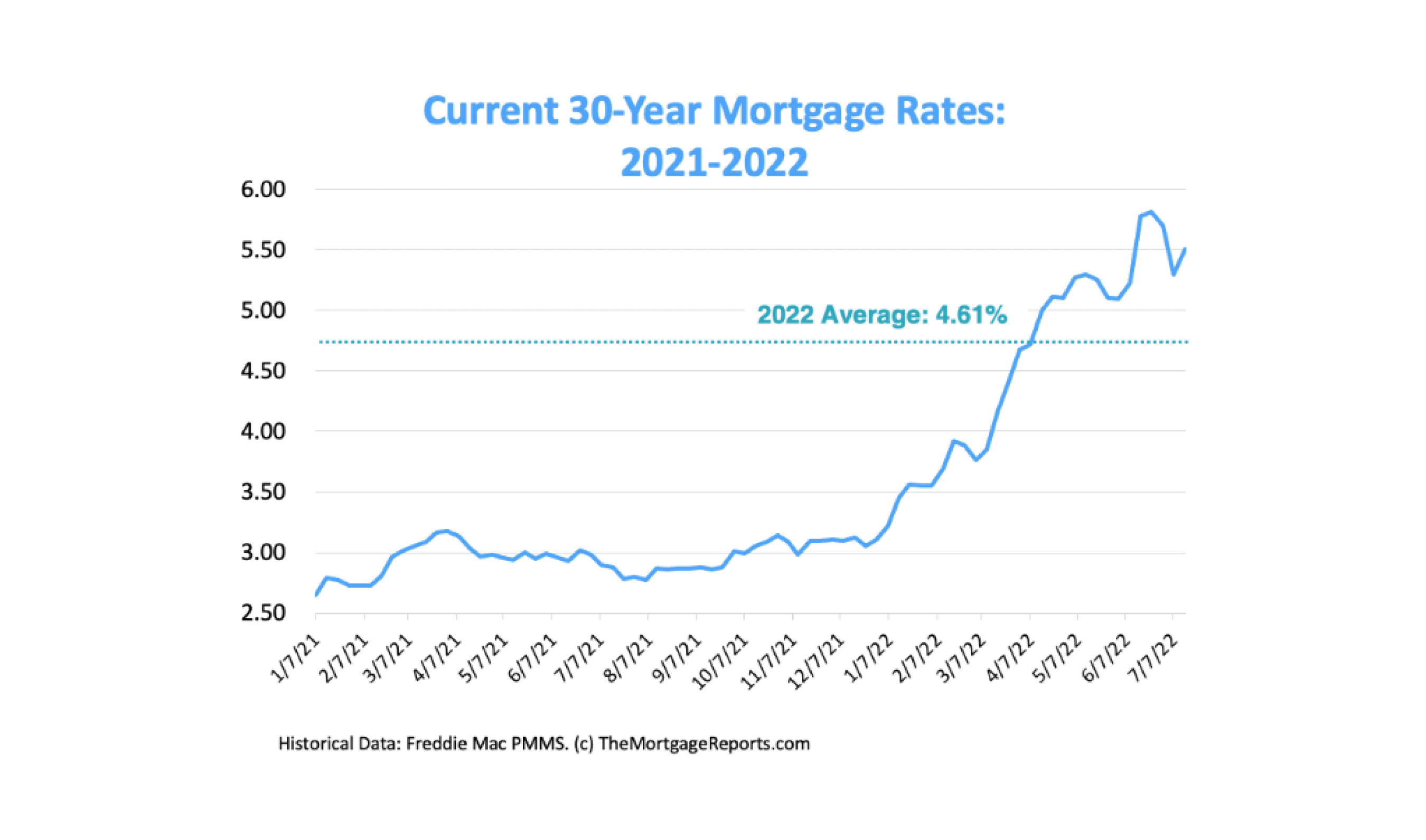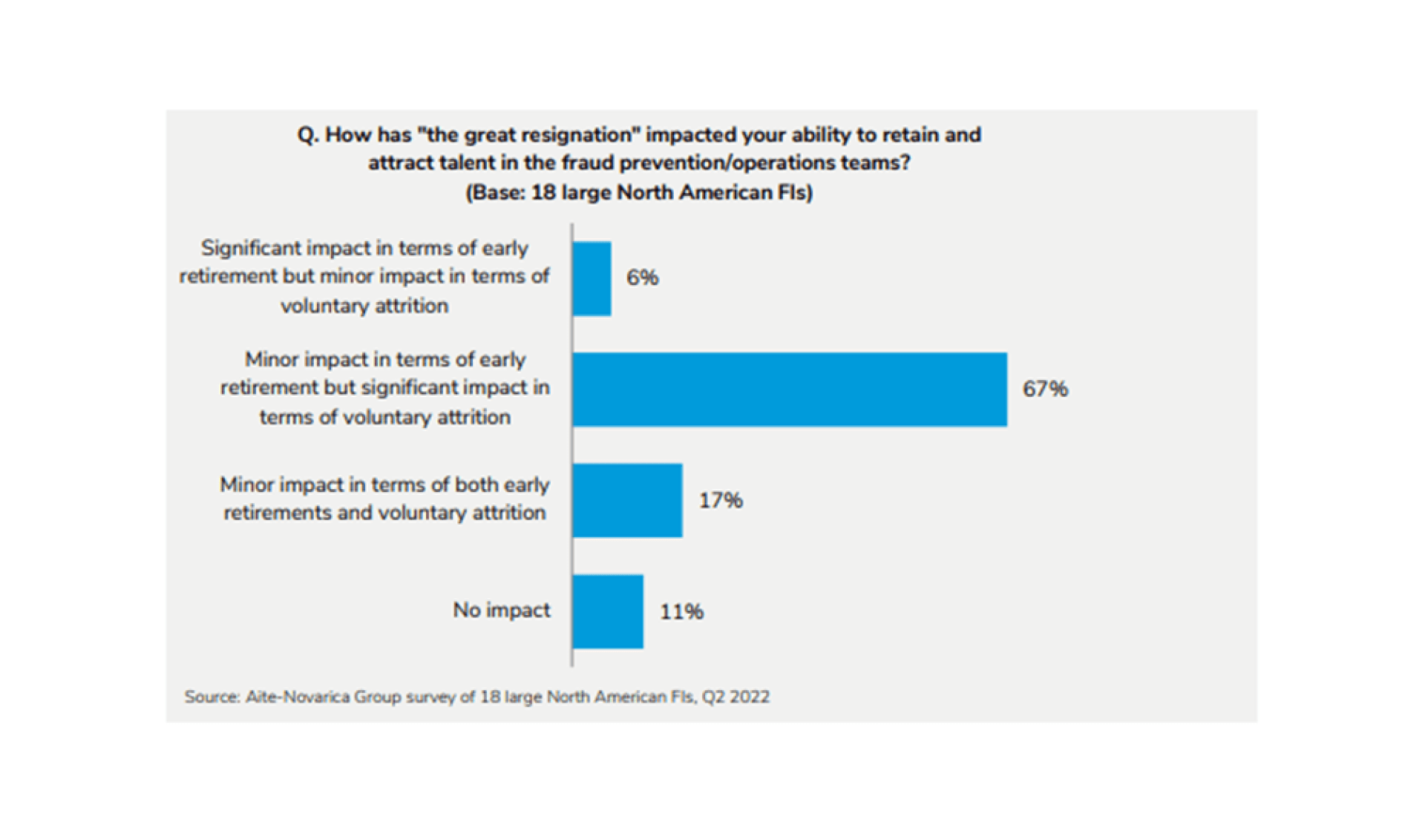Impact of Fed Rate hikes on Retail Banking
The interplay between the current inflation levels and the Federal Reserve’s rate hike response will affect banks differently at different times.
The interplay between the current inflation levels and the Federal Reserve’s rate hike response will affect banks differently at different times.

The principal factor will be how long energy prices continue to drive inflation up or down. Inflation has an immediate negative effect on consumer savings rates, which are currently at their lowest point since the 2008 recession.
When inflation returns to acceptable levels, so will the consumer savings rate, as it did during the recovery from the Great Recession. The difference this time around will be that materially higher deposit rates will greet consumers.
The growth rate of deposits will depend on the demographic makeup of a bank’s customer base. As the demographics of the U.S. population shift, the age group with the highest income also has the highest savings rate. There is a high potential for increased deposit balances at U.S. banks over the next few years.
On the asset side of the balance sheet, demand for loans should soften with increasing rates. Banks’ cost to fund loan balances will increase. For some time, banks may be able to reap short-term benefits on an arbitrage play as rates rise. Banks tend to not see net interest margin increase with the Fed funds rate.

The Fed’s rate increases will impact most aspects of mortgage lending, but not always the way common sense suggests.
Mortgage and refinance rates have been volatile since the end of April 2022. Mortgage-backed securities traders will hedge against future Fed funds rate movement to protect their razor-thin margins. These hedges coming on and off cause rate volatility as the market reacts.
Rates also continue to move with normal seasonal fluctuations and changes in demand.
The true impact of the Fed’s rate hikes is generally not felt immediately following the changes. The effect on long-term mortgage rates does not surface until the actual (as opposed to speculative) monetary policy affects work through the financial system. This can take up to a year.
The value of mortgage servicing portfolios should increase as repayment speeds slow with rising refinance rates.

There are a lot of macroeconomic factors impacting financial institutions, but what actions can they take to capitalize on this transition to start a positive P/L trend?
Despite the aforementioned economic turmoil, it’s time for financial institutions to look within and determine where the best ROI opportunities are.
No financial institution can look within and fail to see manual processes that are ripe for digitalization and automation.
Why is this important to consider? Forty-seven million U.S. workers voluntarily quit their jobs in 2021. Younger baby boomers are retiring earlier than anticipated, mid-career employees are switching companies or taking sabbaticals, and younger workers are more likely to seek employment elsewhere after a few years on the job. The fallout has affected firms in virtually every industry, including financial services.
Successful institutions meet significant unforeseen changes with significant planning and execution.

What happens when goods and services (such as labor) are in short supply? Many banks adopted a $15-per-hour wage even before the pandemic and the “Great Resignation.” Since then, more than one bank has announced a minimum wage of $21 per hour. Financial institutions with minimum wages as high as $25 an hour are not uncommon.
As wages increase, the return on investment that swaps the expense of full-time equivalents (FTEs) for automation-focused capital improvements is getting better every day. The time for automation, digitization and lean process reviews is here. Identify the high FTE expense processes and focus on digital solutions to extract the expense. Retire the patchwork of paper, batch files and legacy technologies strung together over time.
| Traditional banking | Lending | Wealth management | RegTech |
|
Maintenance request Branch automation Form capture Item capture and check |
Loan document tracking Application review Modification Post-close audit |
Work distribution Client management New client onboarding New advisor onboarding |
Data management Digital identity Compliance Dispute resolution |
The graphic above details several functions within four primary areas of banking. These are the functions that typically benefit from content and process automation.
\Making a capital investment in the existing end-to-end digital solutions sitting on a modern tech stack will positively boost efficiency ratios through reduced staff expense and cost of errors. The ancillary benefits are also significant:
Like most everything, it’s all a matter of degree.
The business cycle that will play out over the next three to five years could go several different ways. There are solid reasons to believe the economy will experience some bumps but no catastrophes.
If this is the case, banks could be entering a relatively stable period. Interest income is up, unemployment remains low, consumer spending remains strong despite the looming recession, and loan demand remains strong. This could be the rationale behind an evolving consensus view driving bank stock indices to outperform the markets.
Is this the right time for financial institutions to take a step back and invest?
Focusing on efficiency ratio and fully leveraging high-impact investment can only lead to good things for the future and will never be a bad idea.
---
Stewart Watterson is a Strategic Advisor in the Retail Banking & Payments practice at Datos Insights. He brings a broad range of experience from 30 years of consumer banking with Chase, NationalCity, and PNC, serving as SVP, Mobile Wallet & Emerging Payments.
Related articles: